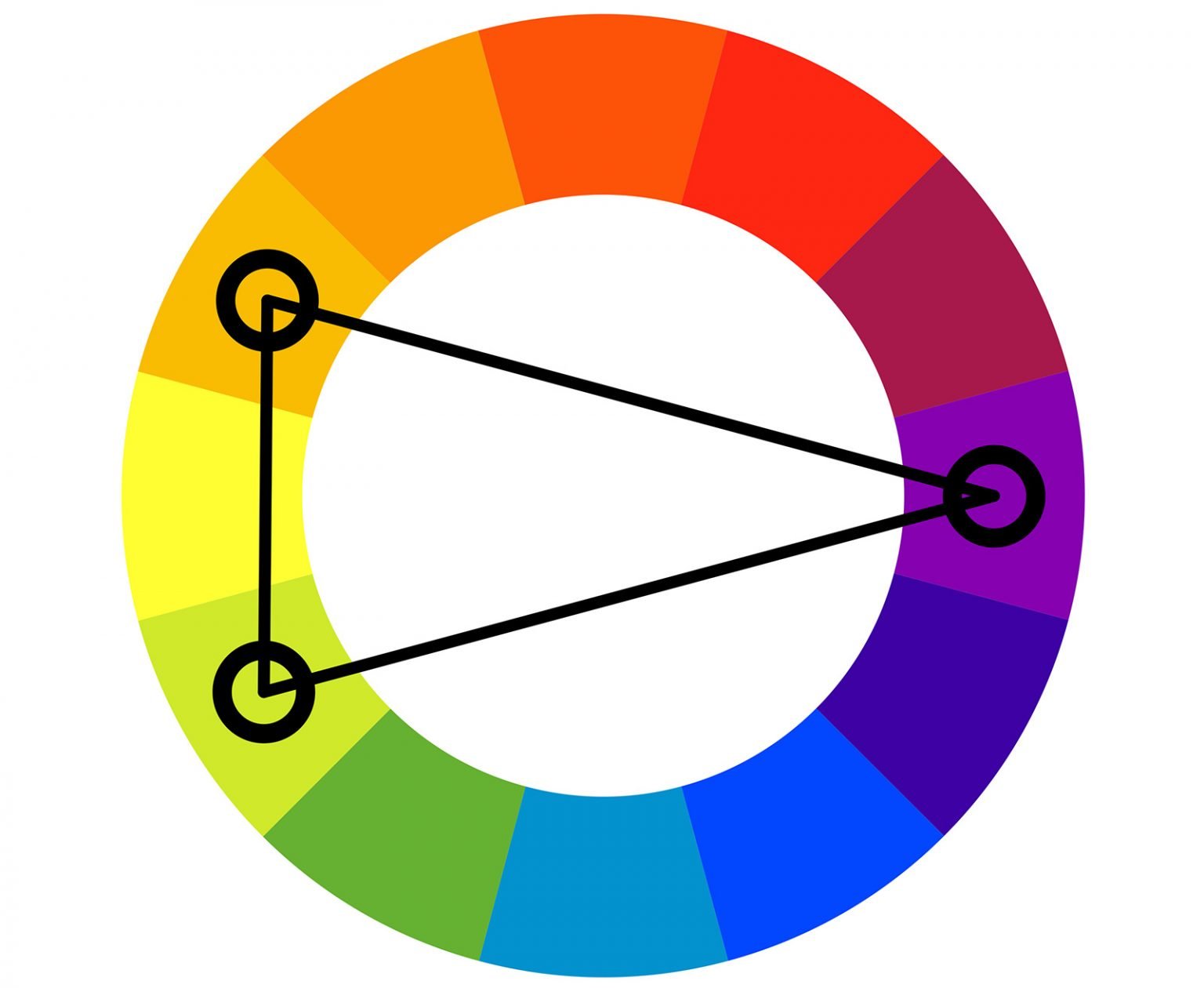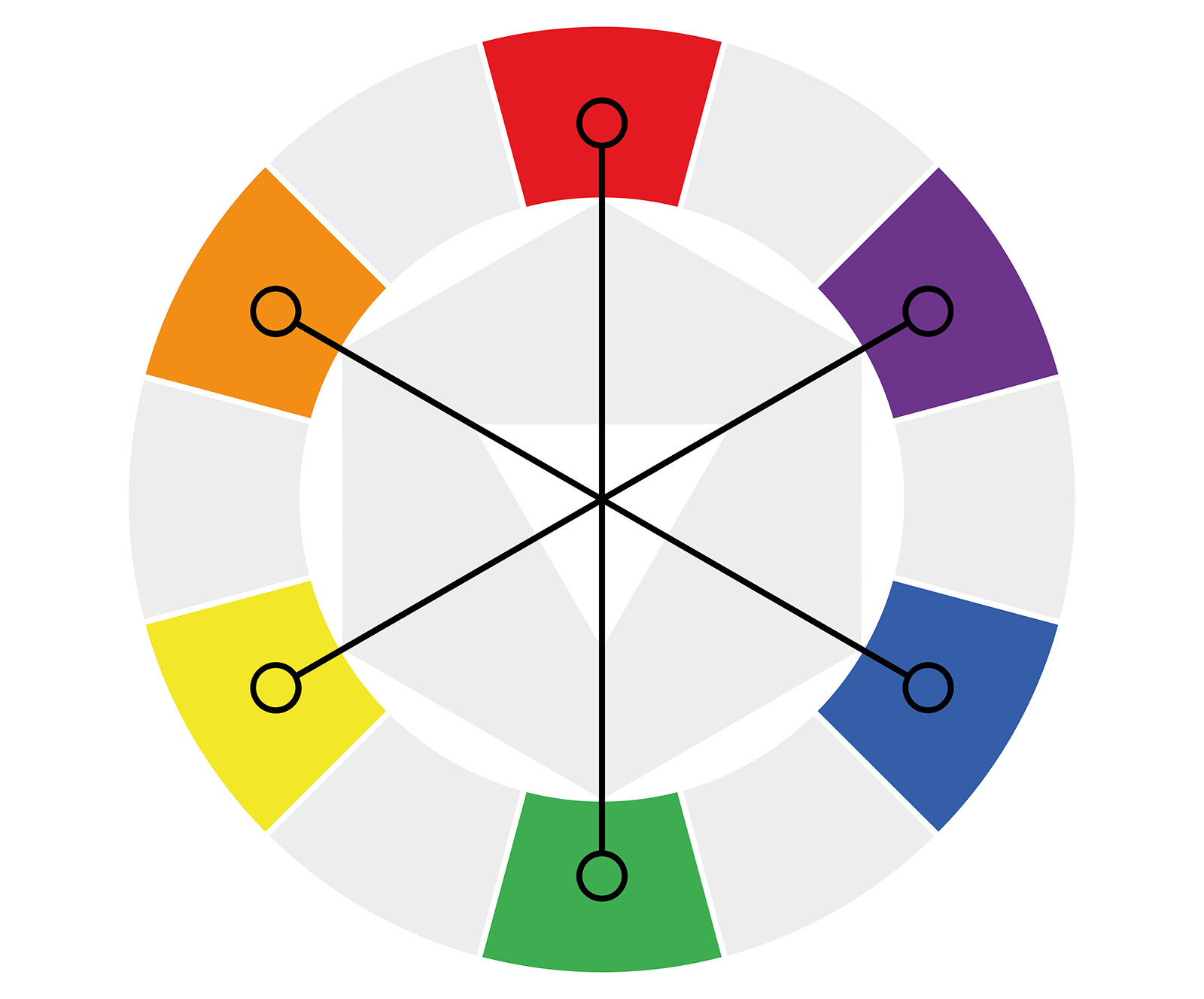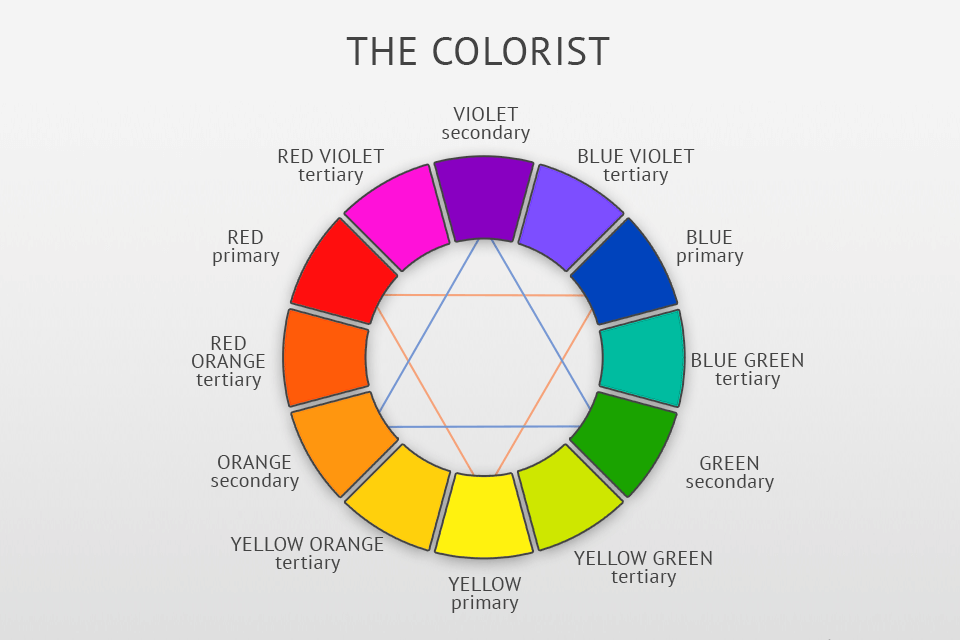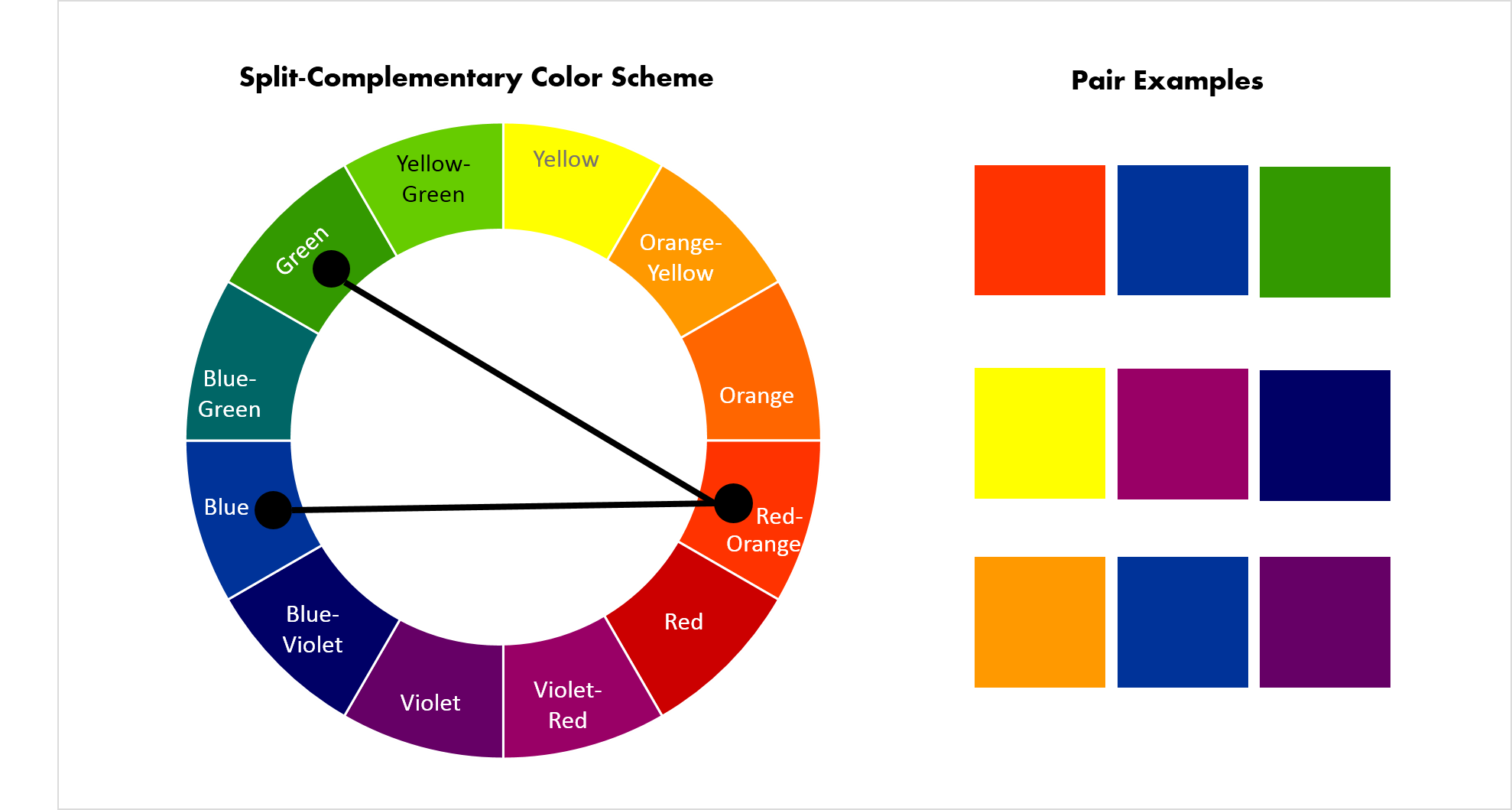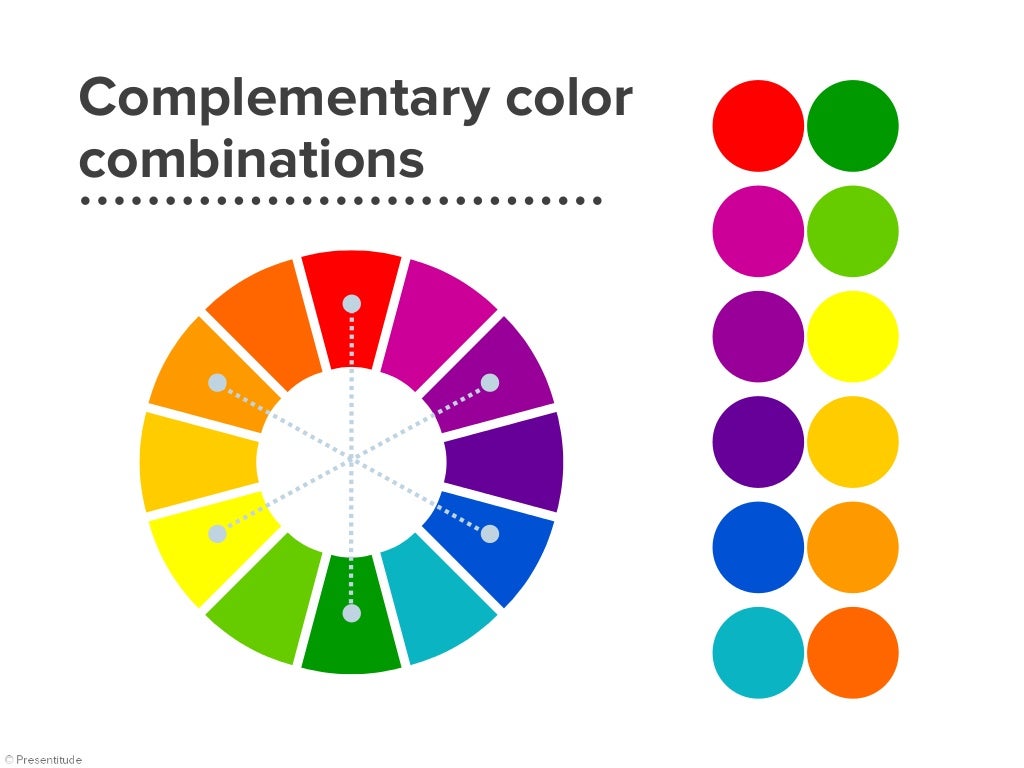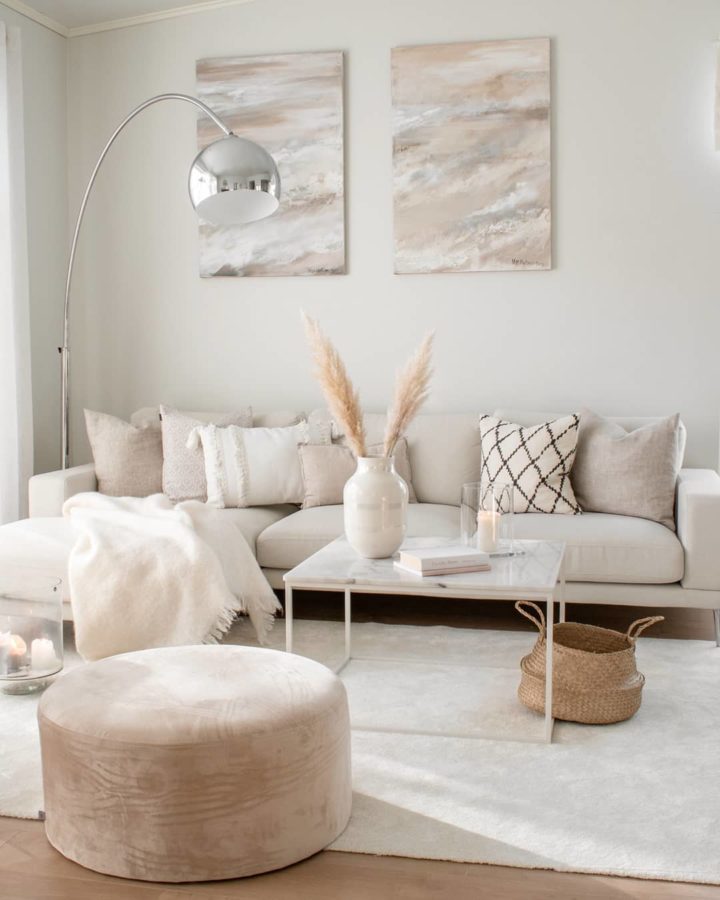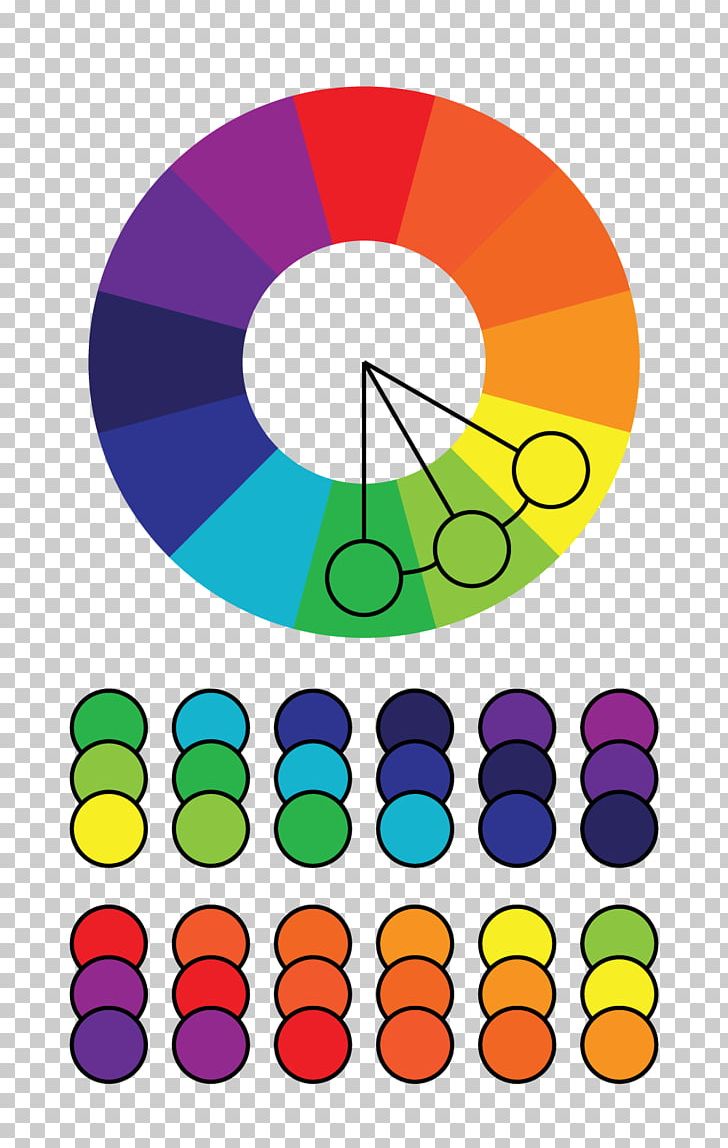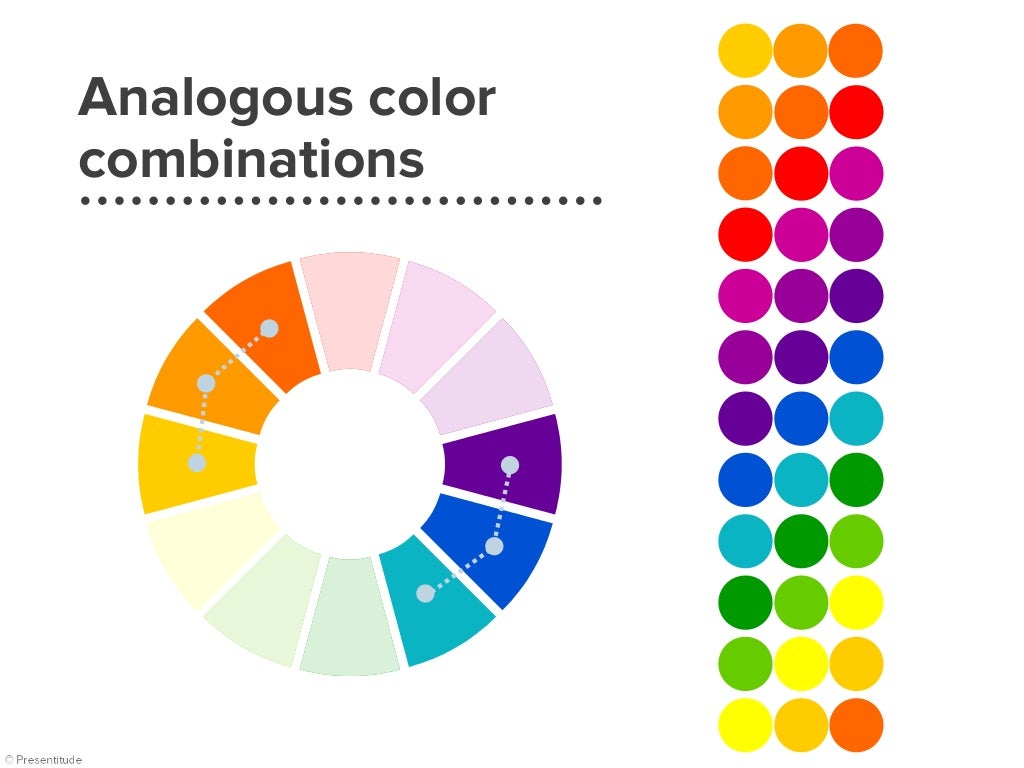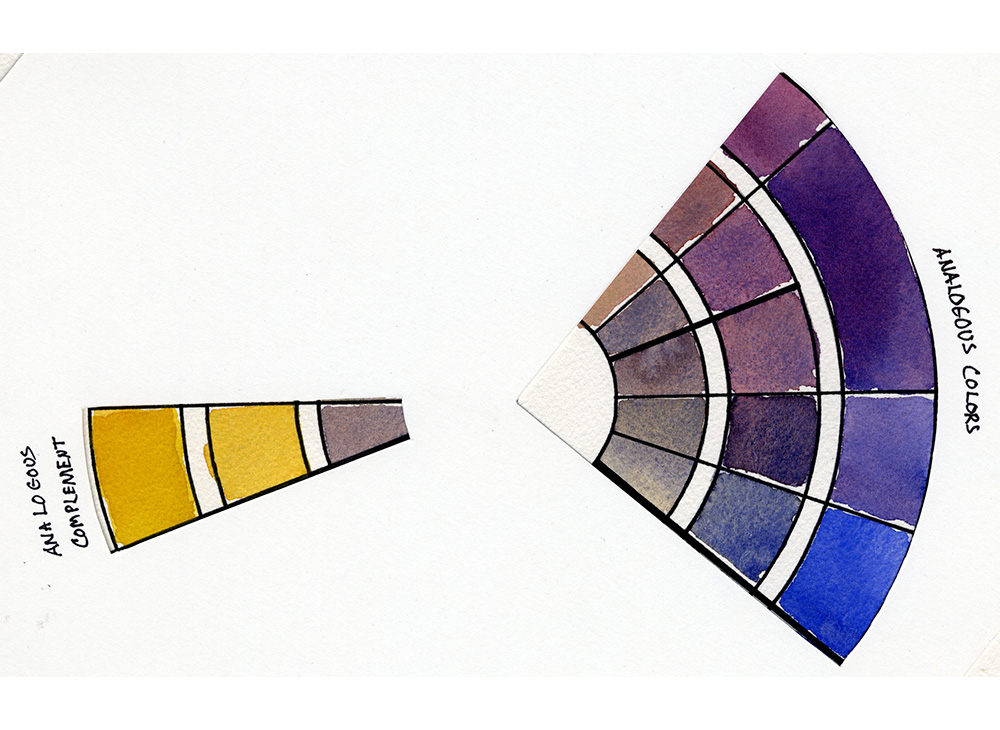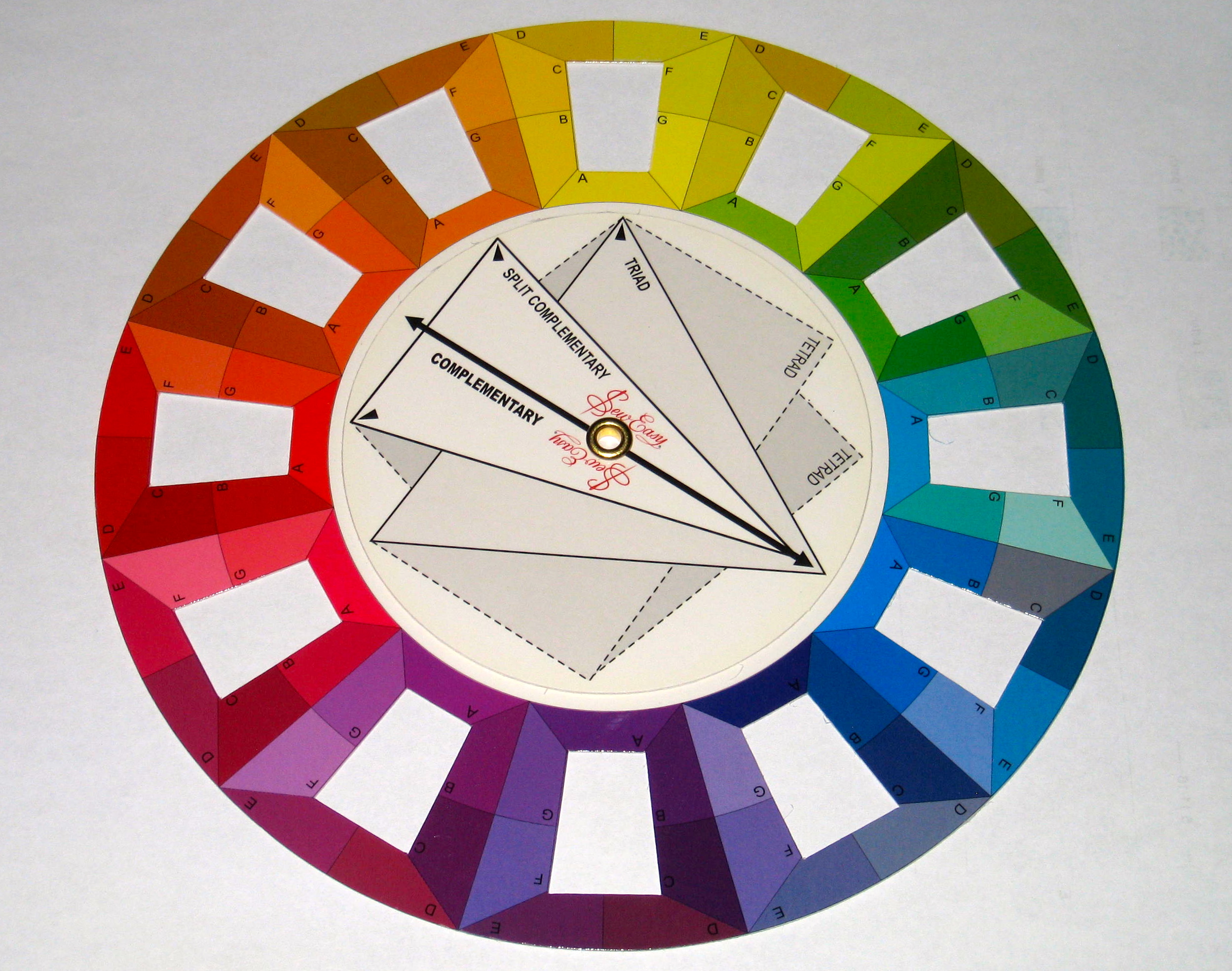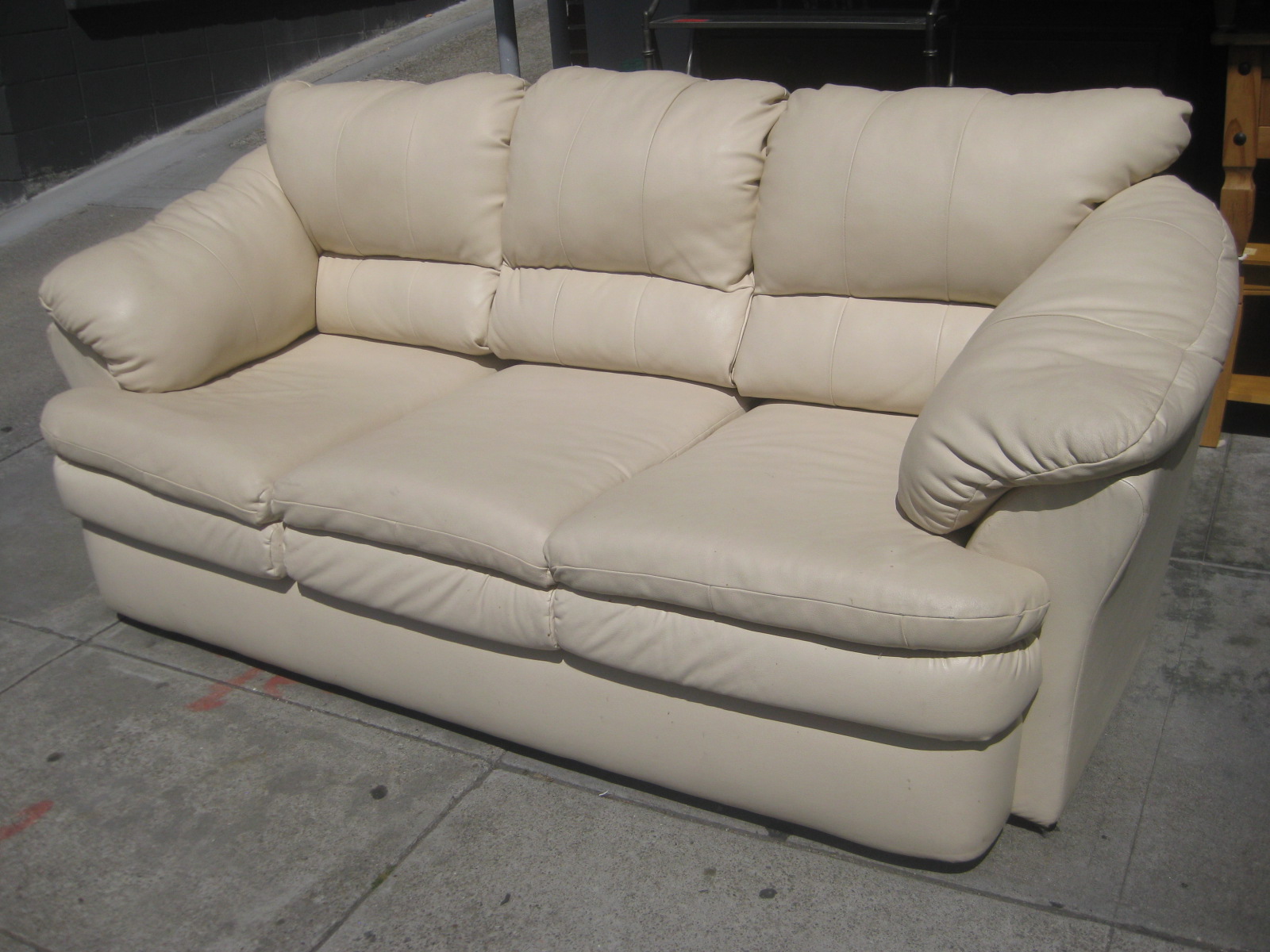The use of neutral colors in a living room can create a calming and inviting atmosphere. Shades such as beige, ivory, and grey are perfect for creating a versatile and timeless look. Neutral colors are also a great choice if you plan on changing your decor frequently, as they provide a blank canvas for different styles and accessories to be added.Neutral Colors
For a cozy and welcoming living room, consider using warm tones such as earthy reds, oranges, and yellows. These colors evoke a sense of warmth and comfort, making your living room a place where you can relax and unwind. Warm tones also work well with natural materials and textures, creating a harmonious and inviting space.Warm Tones
If you want to create a calming and serene living room, cool shades such as blue, green, and purple are a great choice. These colors are known for their soothing and refreshing qualities, making them perfect for a space where you want to relax and recharge. You can also mix and match different cool shades for a more dynamic and interesting look.Cool Shades
For a rustic and natural feel, earth tones are the way to go. Colors like brown, tan, and green can bring a sense of the outdoors into your living room, creating a warm and inviting atmosphere. These colors also work well with natural materials such as wood and stone, enhancing the earthy and organic vibe.Earth Tones
If you have a small living room or a space with limited natural light, using light hues can help make the room feel bigger and brighter. Light colors like white, pastel shades, and light grey can reflect light and create an airy and spacious feel. These colors are also perfect for creating a minimalist and modern look.Light Hues
On the other hand, if you want to create a dramatic and bold living room, consider using dark shades such as navy, black, and dark grey. These colors can add a sense of sophistication and elegance to your space, especially when paired with metallic accents and luxurious textures. Just make sure to balance out the dark colors with lighter elements to avoid a heavy and overwhelming look.Dark Shades
A monochromatic color scheme involves using different shades of the same color. This can create a harmonious and cohesive look in your living room, as well as add depth and interest. For example, you can use different shades of blue, from light to dark, to create a dynamic and visually appealing monochromatic palette.Monochromatic Palette
Contrasting colors are colors that are opposite each other on the color wheel. This color scheme can create a bold and eye-catching living room, as the contrasting colors create a sense of tension and energy. For example, pairing blue with orange or green with red can create a striking and unique look in your living room.Contrasting Colors
Complementary colors are colors that are opposite each other on the color wheel but have similar tones. These colors can create a balanced and harmonious look in your living room. For example, pairing purple with yellow or green with pink can create a playful and cheerful atmosphere in your living room.Complementary Colors
Analogous colors are colors that are next to each other on the color wheel. These colors can create a calming and cohesive look in your living room, as they share similar undertones. For example, using blue, green, and purple together can create a relaxing and serene atmosphere in your living room.Analogous Colors
Creating a Cozy and Inviting Atmosphere with the Perfect Living Room Wall Colors

Why Wall Colors Matter
/Neutrallivingroom-GettyImages-568518365-5a6260a87d4be80036ac6b0c.jpg) The color of your living room walls can significantly impact the overall ambiance and mood of the space. Whether you want to create a cozy and inviting atmosphere or a bold and energetic one, choosing the right wall color is crucial. Not only does it set the tone for the room, but it also serves as the backdrop for all your furniture and decor. So, it's essential to select a color that not only reflects your personal style but also complements the rest of your home's design.
The color of your living room walls can significantly impact the overall ambiance and mood of the space. Whether you want to create a cozy and inviting atmosphere or a bold and energetic one, choosing the right wall color is crucial. Not only does it set the tone for the room, but it also serves as the backdrop for all your furniture and decor. So, it's essential to select a color that not only reflects your personal style but also complements the rest of your home's design.
The Power of Neutrals
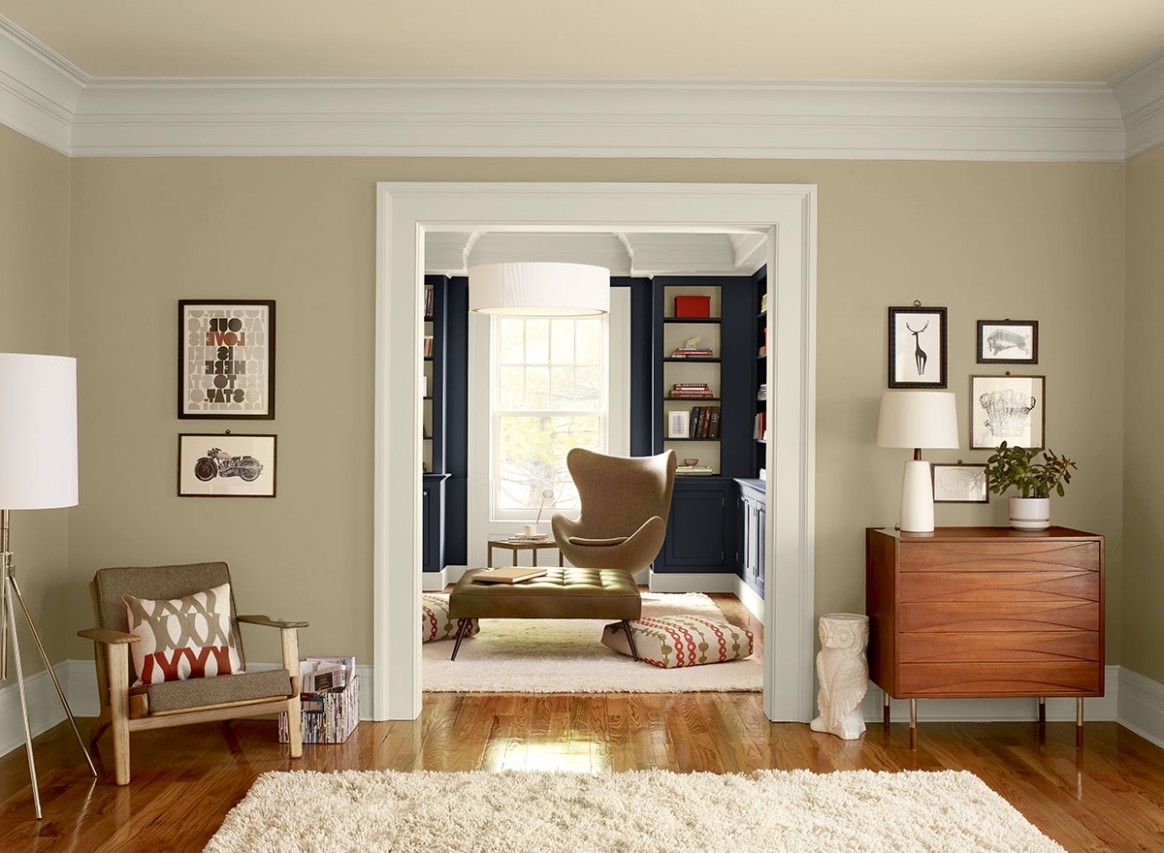 When it comes to choosing the perfect living room wall color, neutral shades are always a safe bet.
Beige
,
gray
, and
white
are timeless and versatile options that can work with any design style. These colors create a sense of balance and harmony in the room, allowing your furniture and decor to shine. Plus, they can make your living room feel more spacious and airy, perfect for smaller spaces.
When it comes to choosing the perfect living room wall color, neutral shades are always a safe bet.
Beige
,
gray
, and
white
are timeless and versatile options that can work with any design style. These colors create a sense of balance and harmony in the room, allowing your furniture and decor to shine. Plus, they can make your living room feel more spacious and airy, perfect for smaller spaces.
Adding a Pop of Color
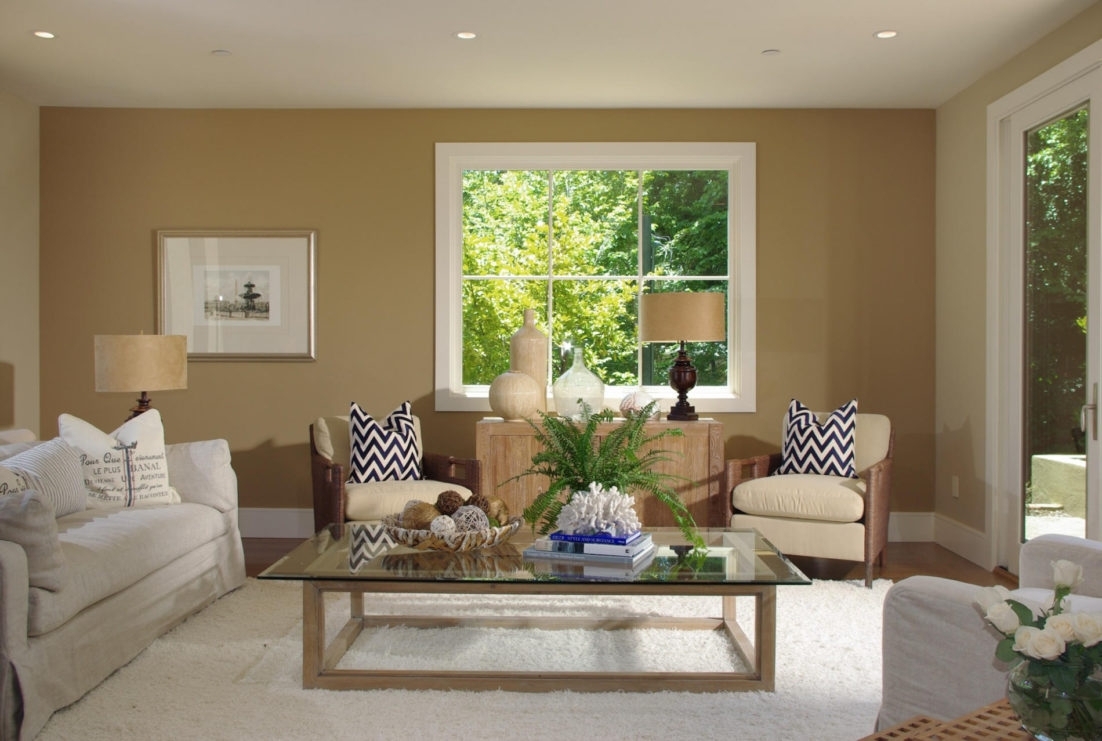 If you want to add some personality and visual interest to your living room, consider incorporating a pop of color into your wall color scheme.
Blue
,
green
, and
pink
are popular choices that can add a touch of vibrancy and playfulness to the room. Just remember to choose a shade that complements your furniture and decor, and don't be afraid to experiment with different hues and tones.
If you want to add some personality and visual interest to your living room, consider incorporating a pop of color into your wall color scheme.
Blue
,
green
, and
pink
are popular choices that can add a touch of vibrancy and playfulness to the room. Just remember to choose a shade that complements your furniture and decor, and don't be afraid to experiment with different hues and tones.
Consider the Lighting
 When selecting a wall color for your living room, it's crucial to consider the lighting in the space. Natural light can have a significant impact on how a color appears, and different artificial lighting can also affect the overall look and feel of a room.
Lighter shades
tend to work well in rooms with lots of natural light, while
darker shades
can create a more dramatic and intimate atmosphere in rooms with limited natural light.
When selecting a wall color for your living room, it's crucial to consider the lighting in the space. Natural light can have a significant impact on how a color appears, and different artificial lighting can also affect the overall look and feel of a room.
Lighter shades
tend to work well in rooms with lots of natural light, while
darker shades
can create a more dramatic and intimate atmosphere in rooms with limited natural light.
Don't Be Afraid to Go Bold
 While neutral shades are a safe choice, don't be afraid to go bold and experiment with
bold and bright colors
on your living room walls. When done correctly, bold colors can create a statement and add personality to your space. Just make sure to balance it out with neutral furniture and decor, so the room doesn't feel overwhelming.
While neutral shades are a safe choice, don't be afraid to go bold and experiment with
bold and bright colors
on your living room walls. When done correctly, bold colors can create a statement and add personality to your space. Just make sure to balance it out with neutral furniture and decor, so the room doesn't feel overwhelming.
The Final Touch: Finishes
 Lastly, don't forget to consider the finish of your chosen wall color.
Satin and eggshell finishes
are great for high-traffic areas as they are durable and easy to clean. If you want to add some texture and depth to your walls, consider using a
matte finish
. And for a more luxurious and glamorous look, opt for a
glossy finish
.
In conclusion, choosing the perfect living room wall color is a crucial step in creating a cozy and inviting space. Consider factors such as lighting, furniture and decor, and personal style when making your decision. And don't be afraid to take risks and add some personality to your walls with bold colors and finishes. With the right wall color, you can transform your living room into a stylish and welcoming haven.
Lastly, don't forget to consider the finish of your chosen wall color.
Satin and eggshell finishes
are great for high-traffic areas as they are durable and easy to clean. If you want to add some texture and depth to your walls, consider using a
matte finish
. And for a more luxurious and glamorous look, opt for a
glossy finish
.
In conclusion, choosing the perfect living room wall color is a crucial step in creating a cozy and inviting space. Consider factors such as lighting, furniture and decor, and personal style when making your decision. And don't be afraid to take risks and add some personality to your walls with bold colors and finishes. With the right wall color, you can transform your living room into a stylish and welcoming haven.



:max_bytes(150000):strip_icc()/what-is-a-neutral-color-1973822-03-3fab8b5a361d49638d3de1cbaf579a22.jpg)
/Lee-Edwards-Getty-Images-56a5ae653df78cf7728968ec.jpg)


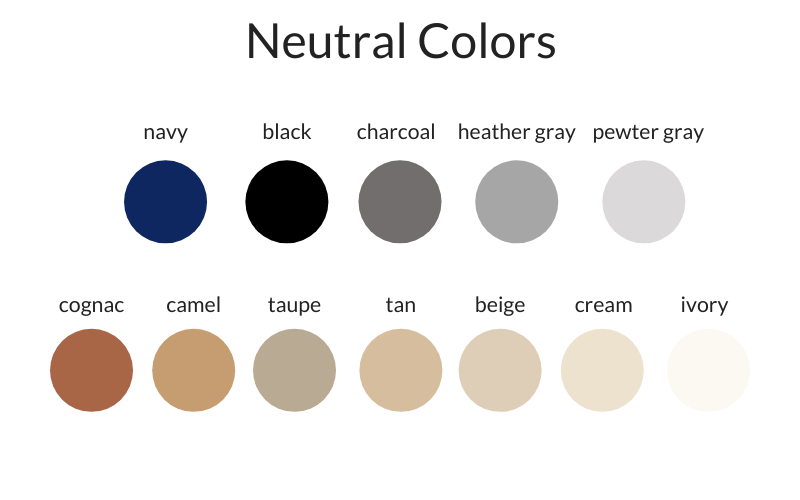
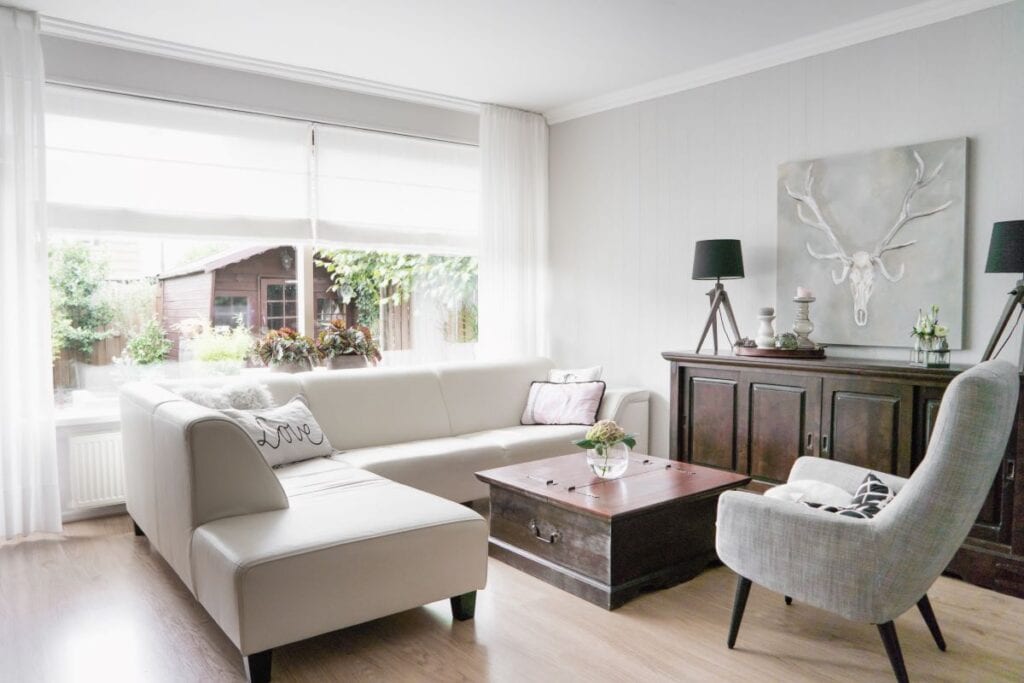
/clark_Kensington_neutrals-57db7f2e5f9b5865164b7baa.png)
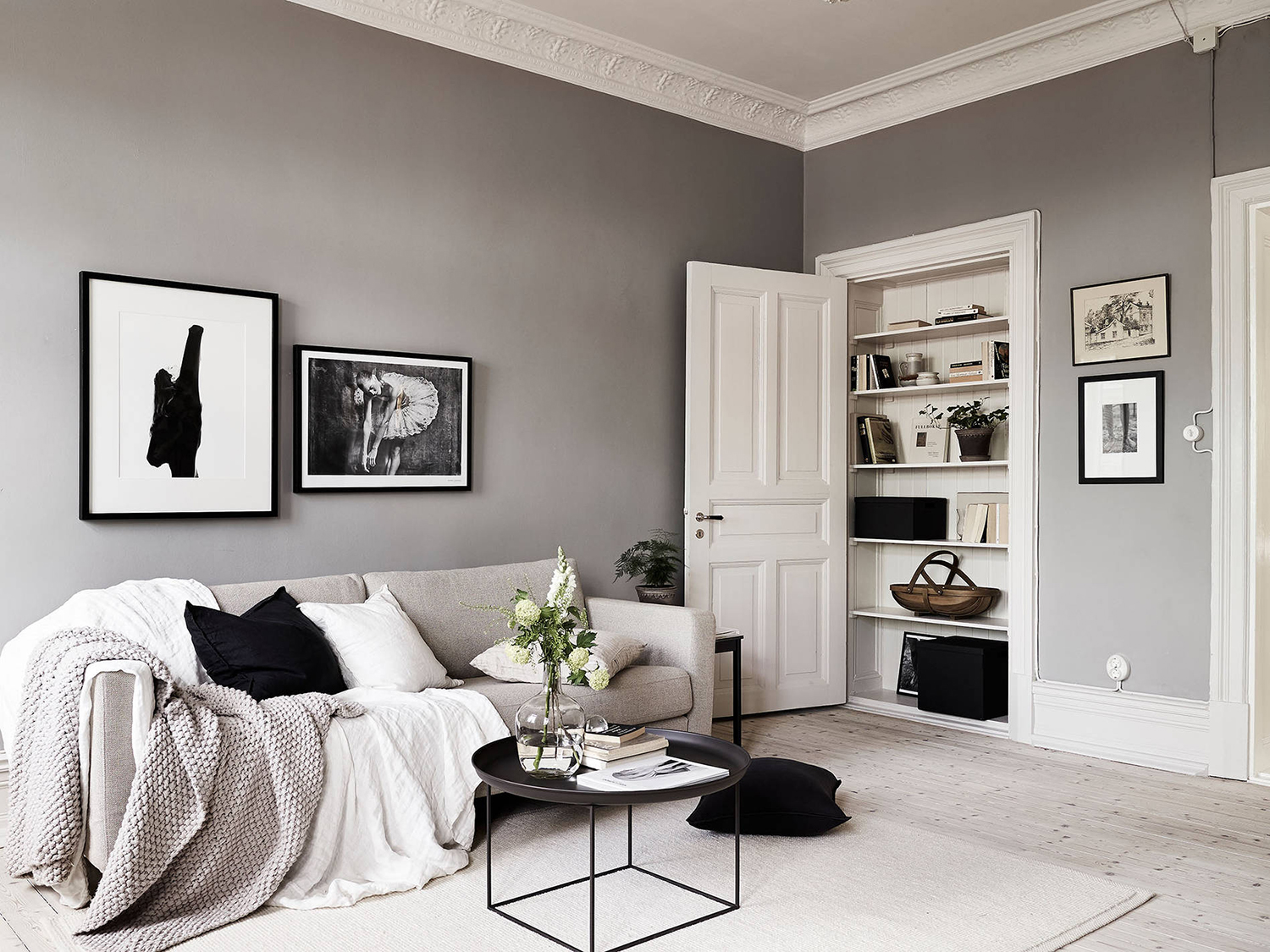















.jpg)






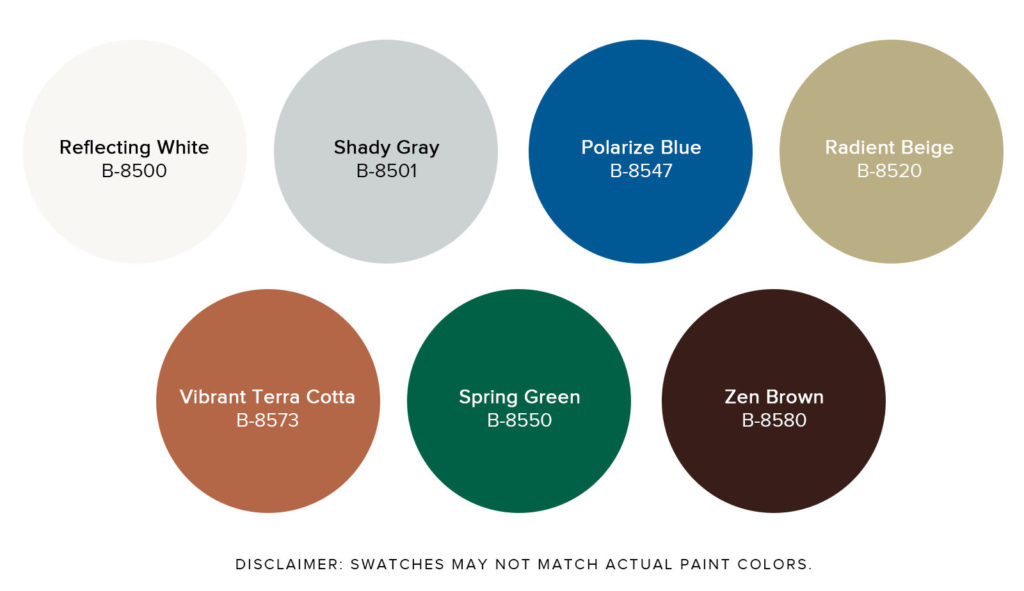

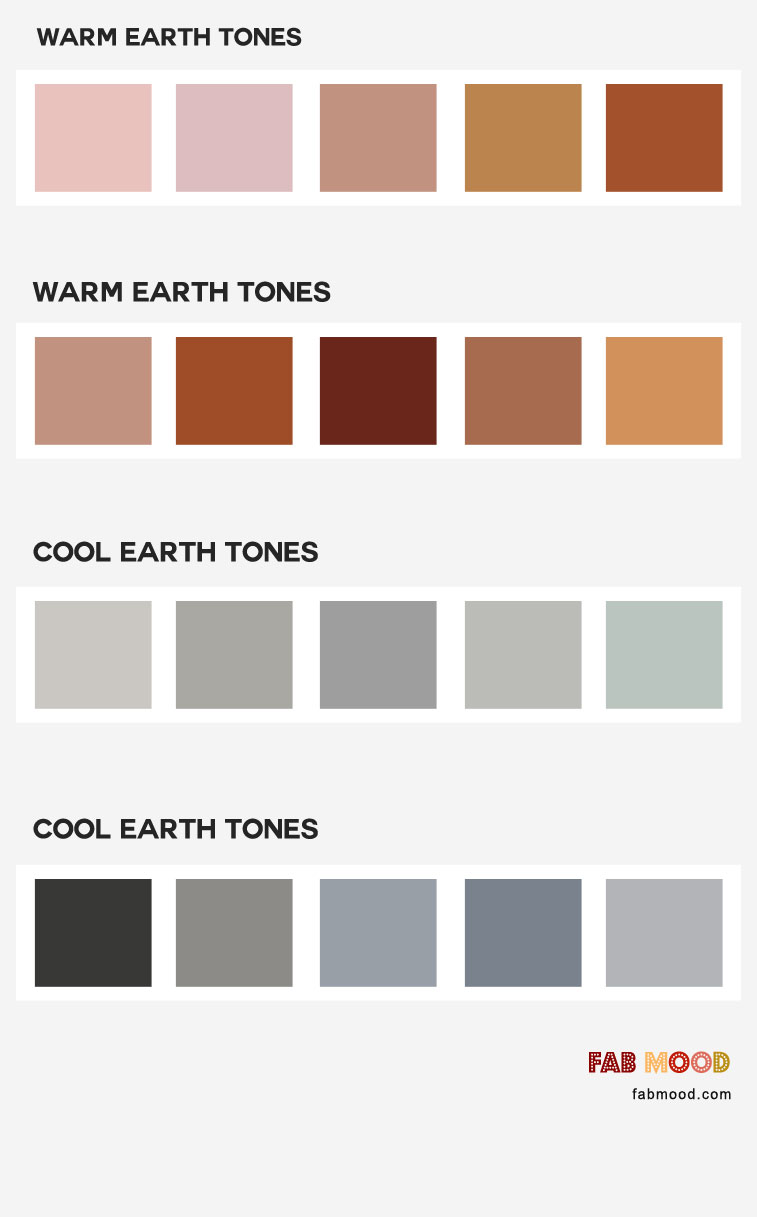


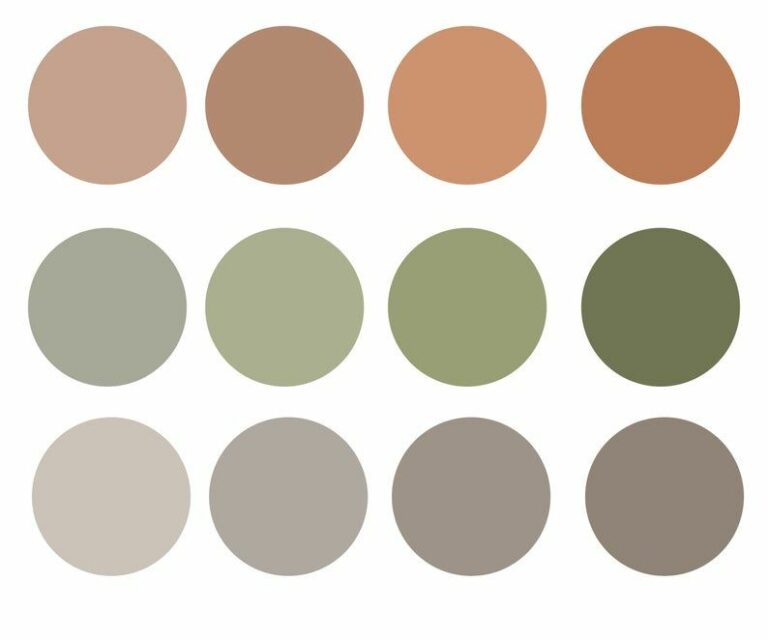


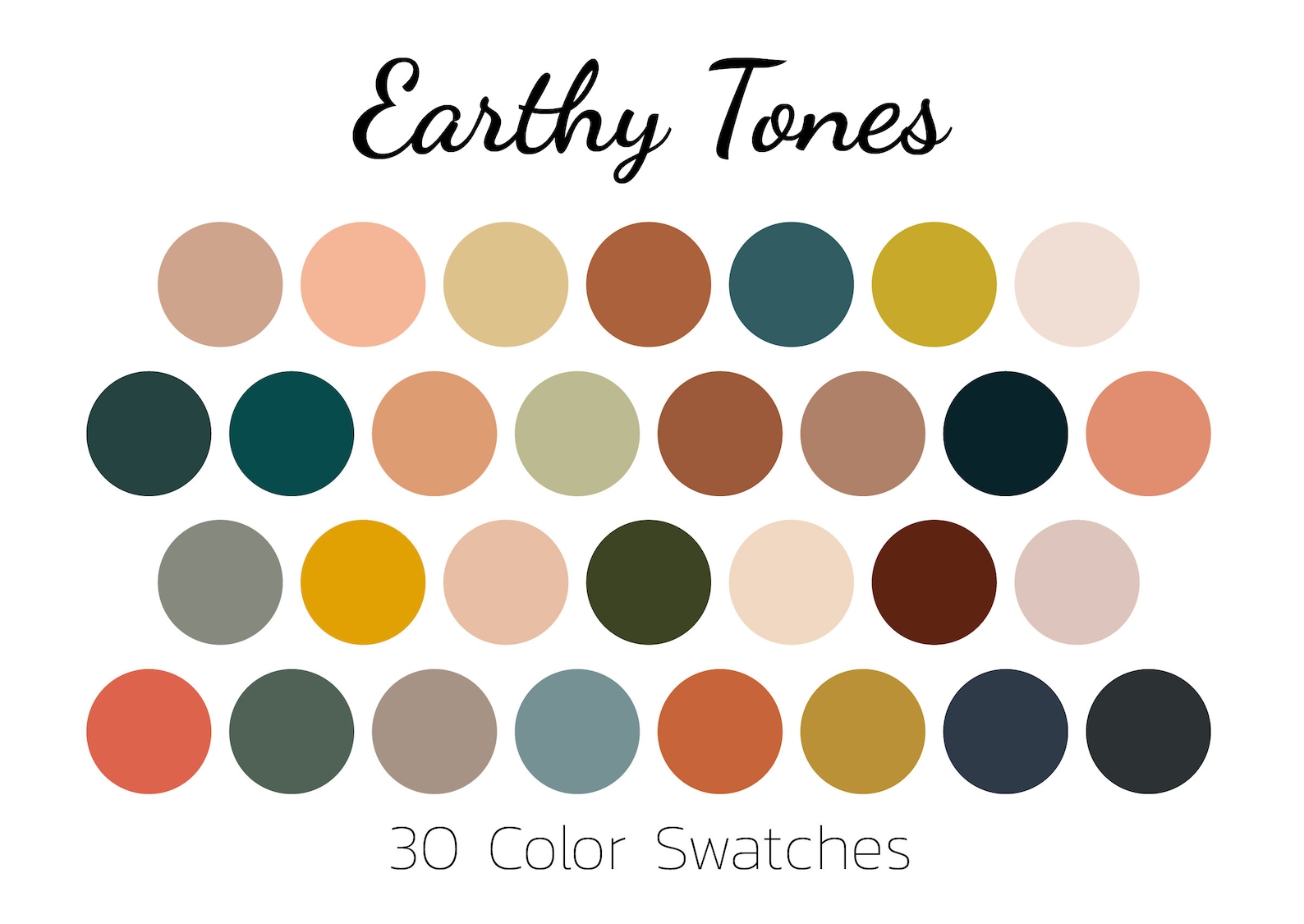



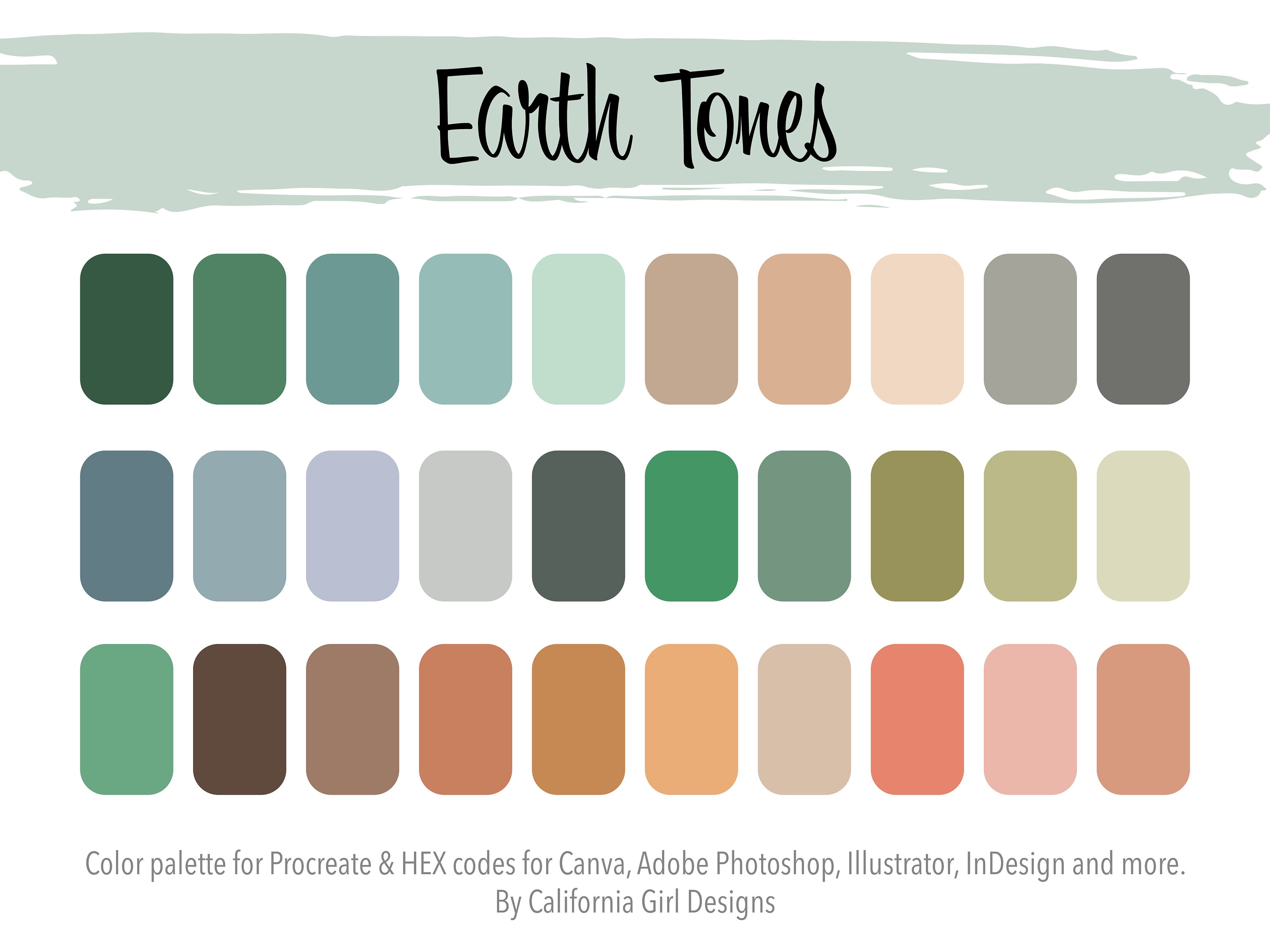
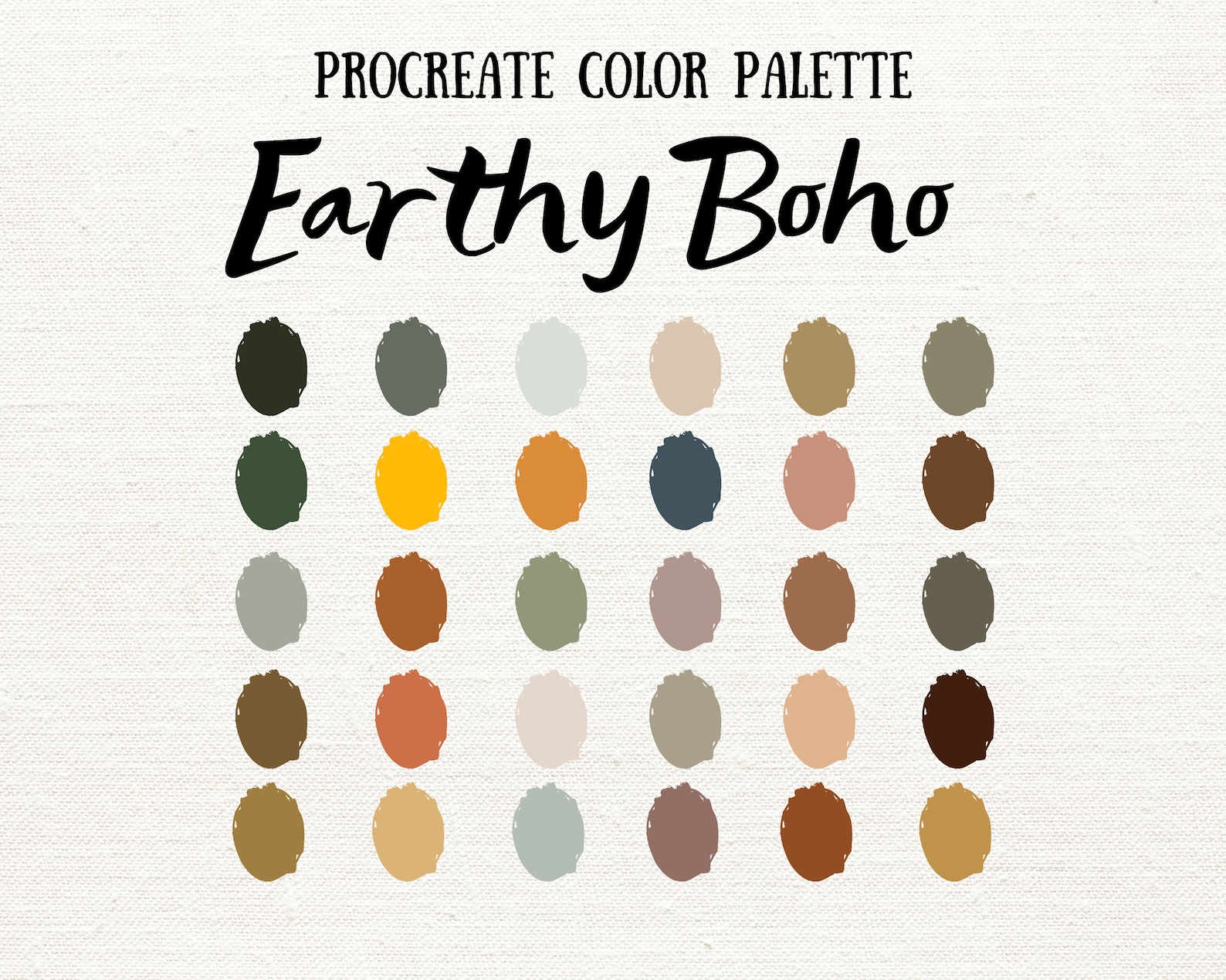
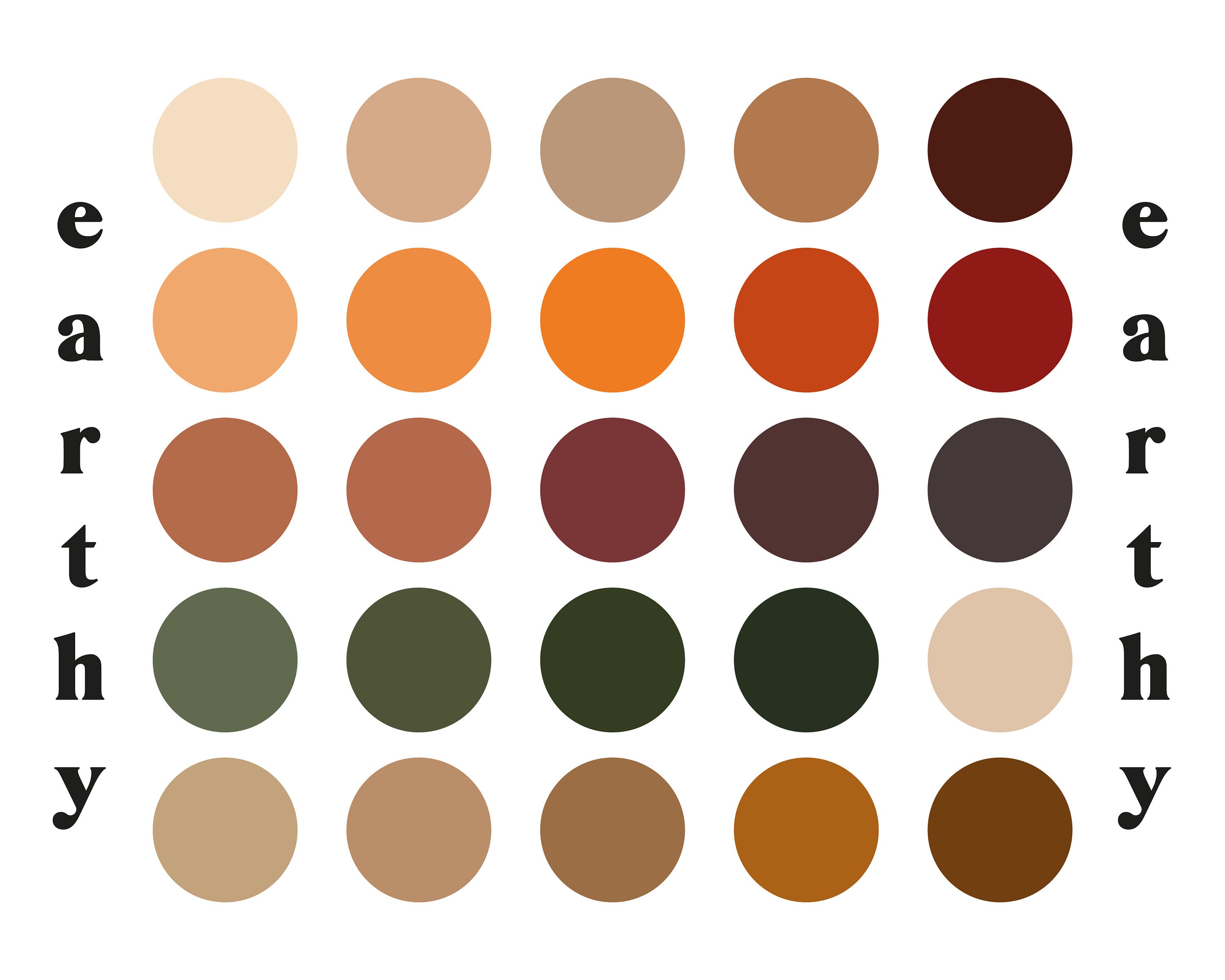



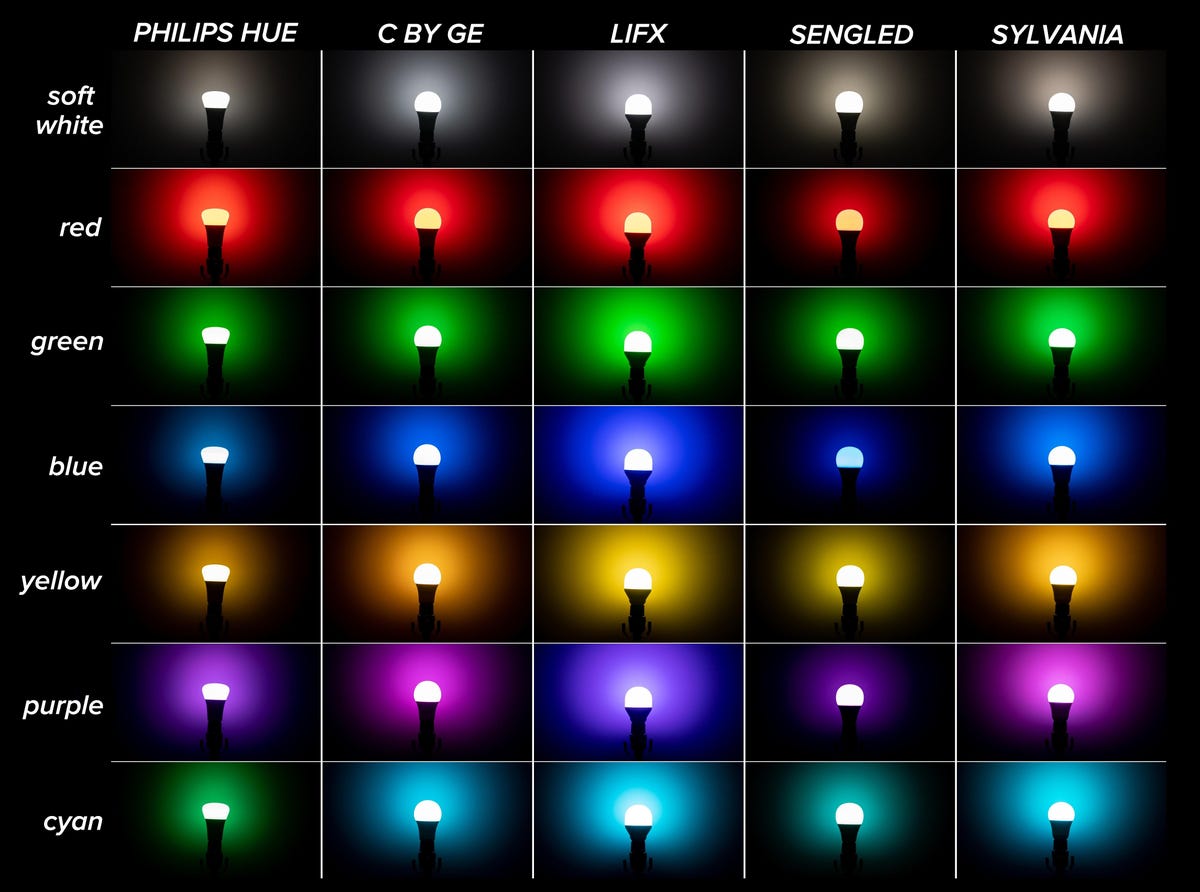


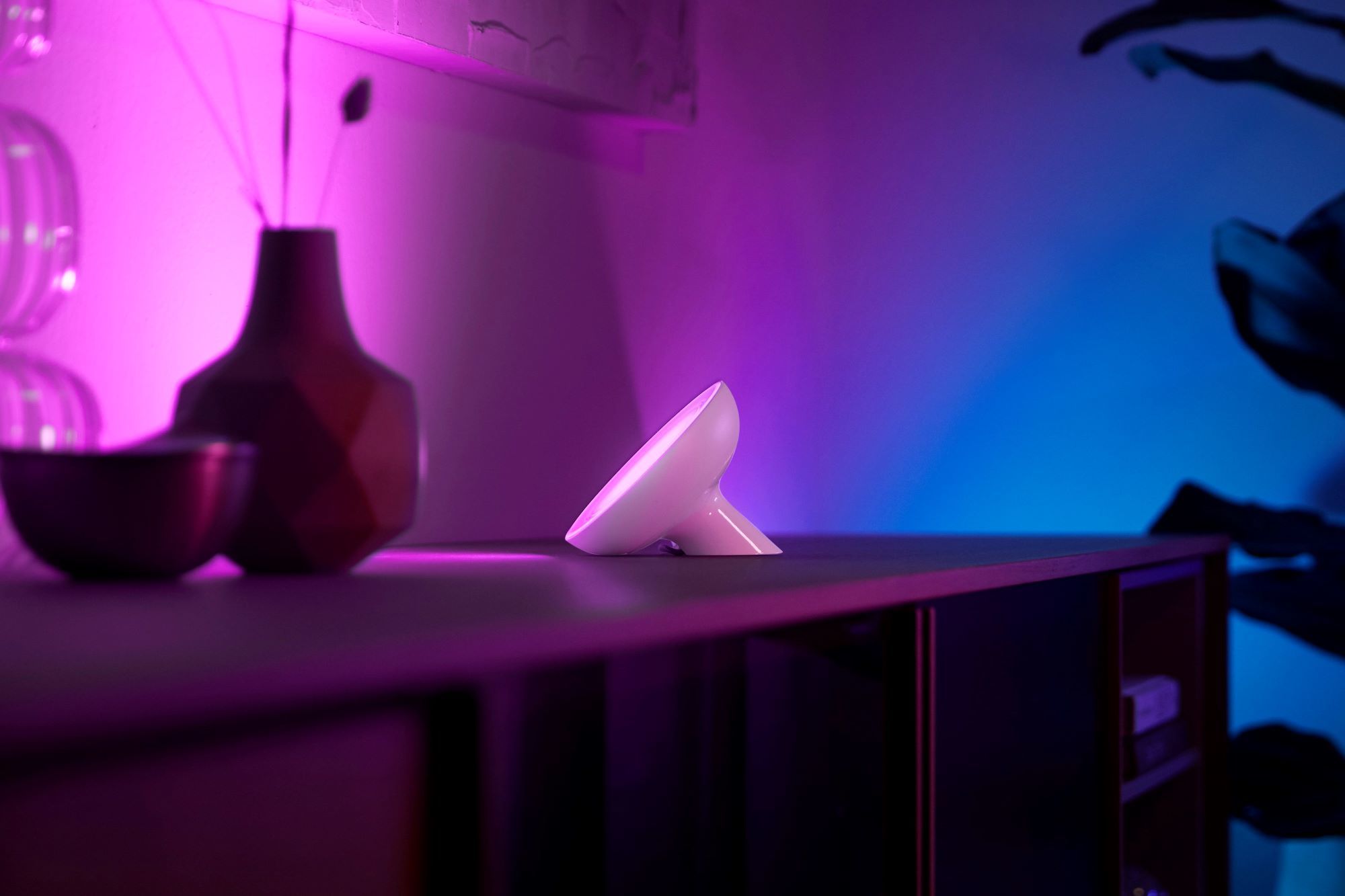





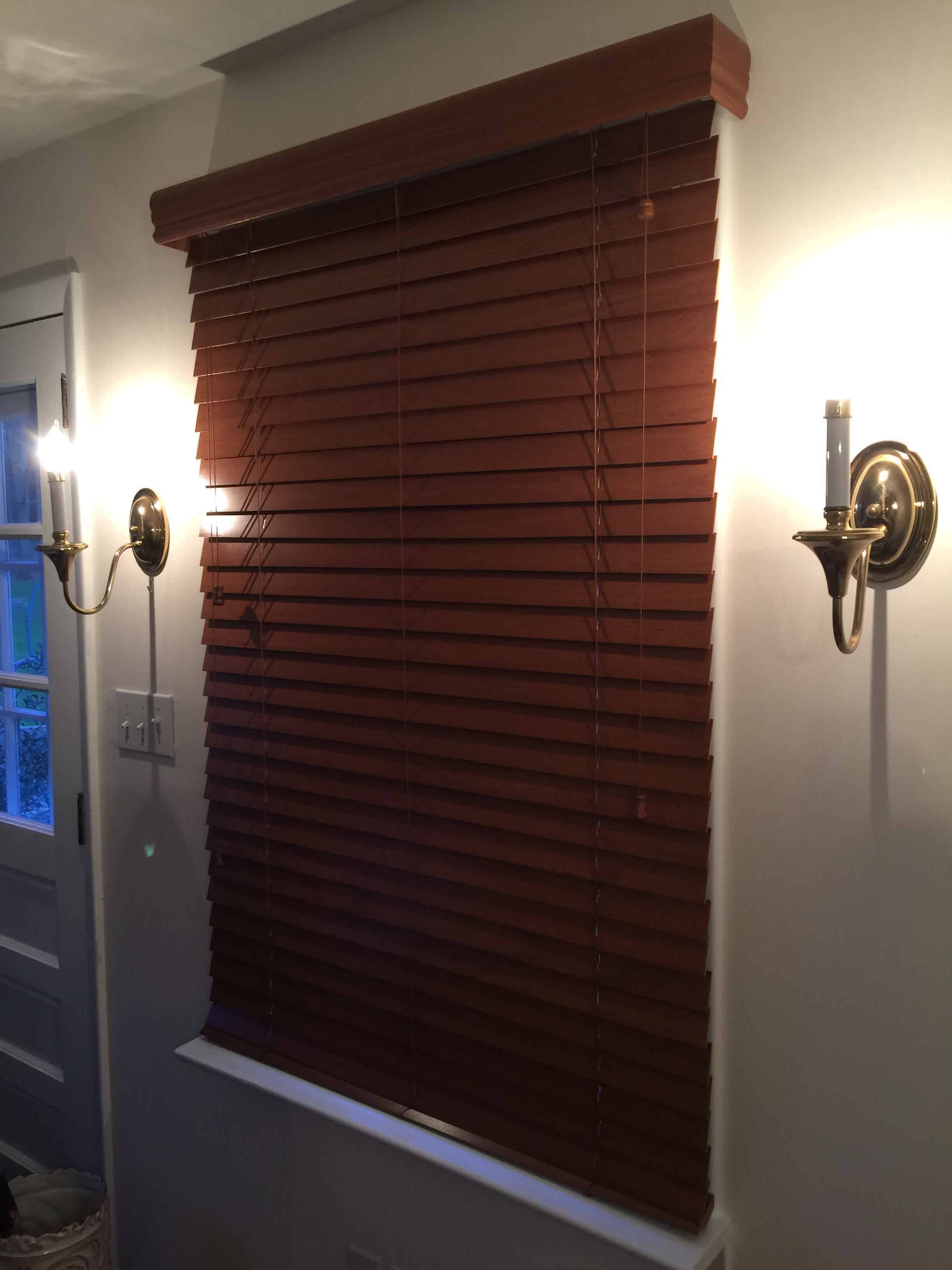



























/Color-Contrast-Chart-59091b973df78c9283e31928.jpg)
/Colorwheel-58d0206f3df78c3c4f45653b.jpg)








:max_bytes(150000):strip_icc()/Lista_complementarios-56a6e6cb3df78cf77290d98b.png)


